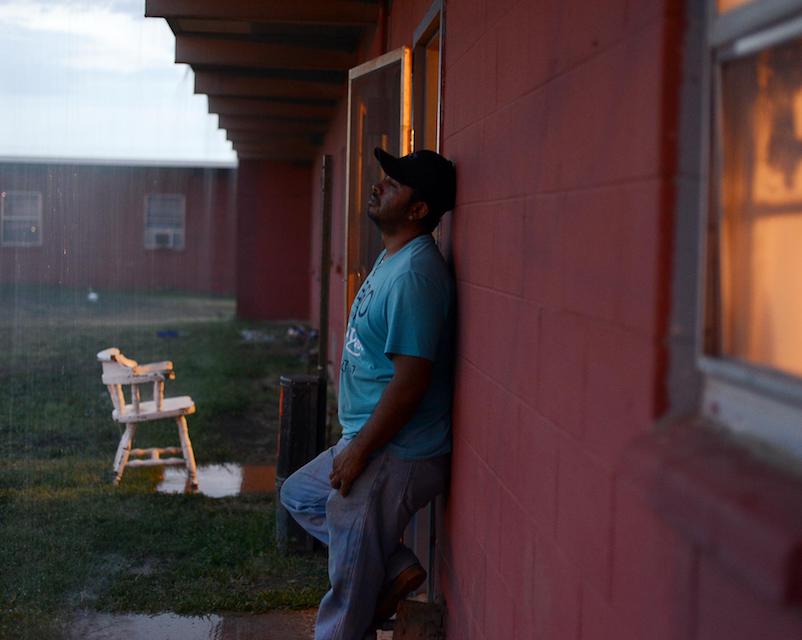Defining Human Trafficking
U.S. law defines human trafficking as the use of force, fraud, or coercion to compel a person into commercial sex acts or labor against their will. The Action-Means-Purpose (AMP) Model can be helpful in understanding the federal law. Human trafficking occurs when a perpetrator, often referred to as a trafficker, takes an Action (induces, recruits, harbors, transports, provides), and then employs the Means of force, fraud or coercion for the Purpose of compelling the victim to provide commercial sex acts (sex trafficking) or labor/services (labor trafficking). At a minimum, one element from each column must be present to establish a potential situation of human trafficking.
Sex Trafficking: The basics

Recognizing Sex Trafficking
Sex trafficking is the crime of using force, fraud or coercion to induce another individual to sell sex. It is not something you can see happening across a crowded room. Learn more about potential red flags and indicators, including real-life examples.
Labor Trafficking: The basics

Recognizing Labor Trafficking
Labor trafficking is the crime of using force, fraud or coercion to induce another individual to work or provide service. Learn more about potential red flags and indicators, including real-life examples.
Human Trafficking Training
Before you can be part of the solution to human trafficking, you have to understand this complex crime and the many nuanced ways in which people can be victimized. To help, we offer this free, interactive online training program. It has six separate modules and will take about 20 minutes to complete. When you’re done, you’ll have baseline knowledge about what human trafficking is, how it happens, who the victims and traffickers are, and how you can really be part of the movement to end it.